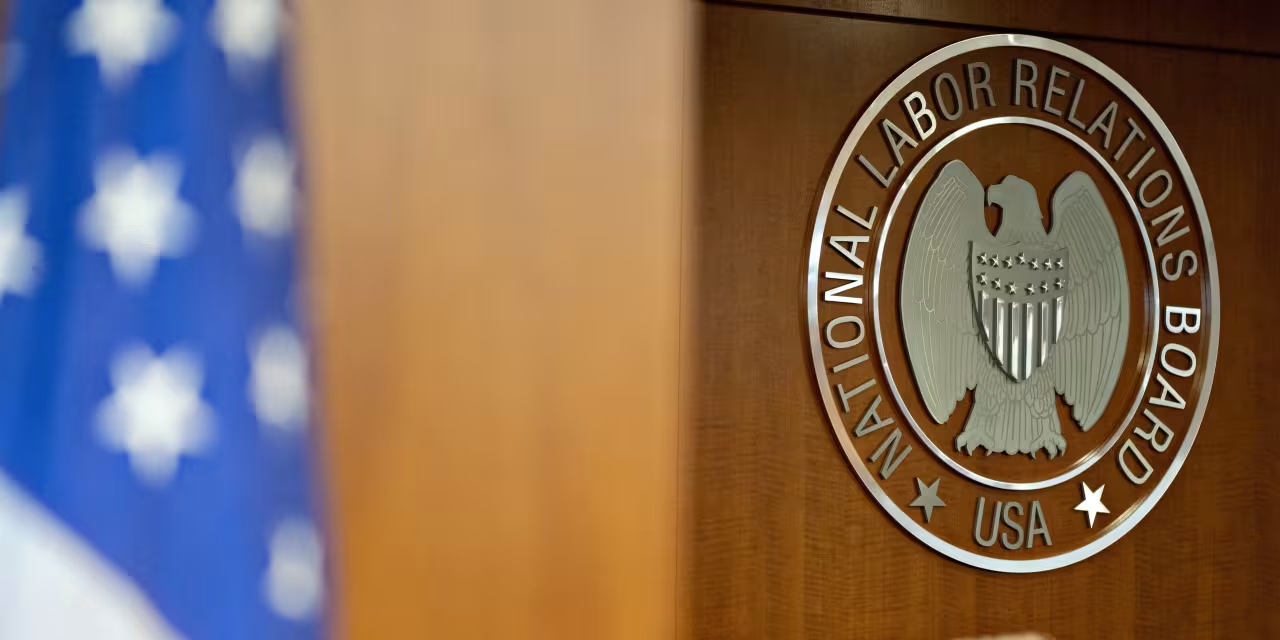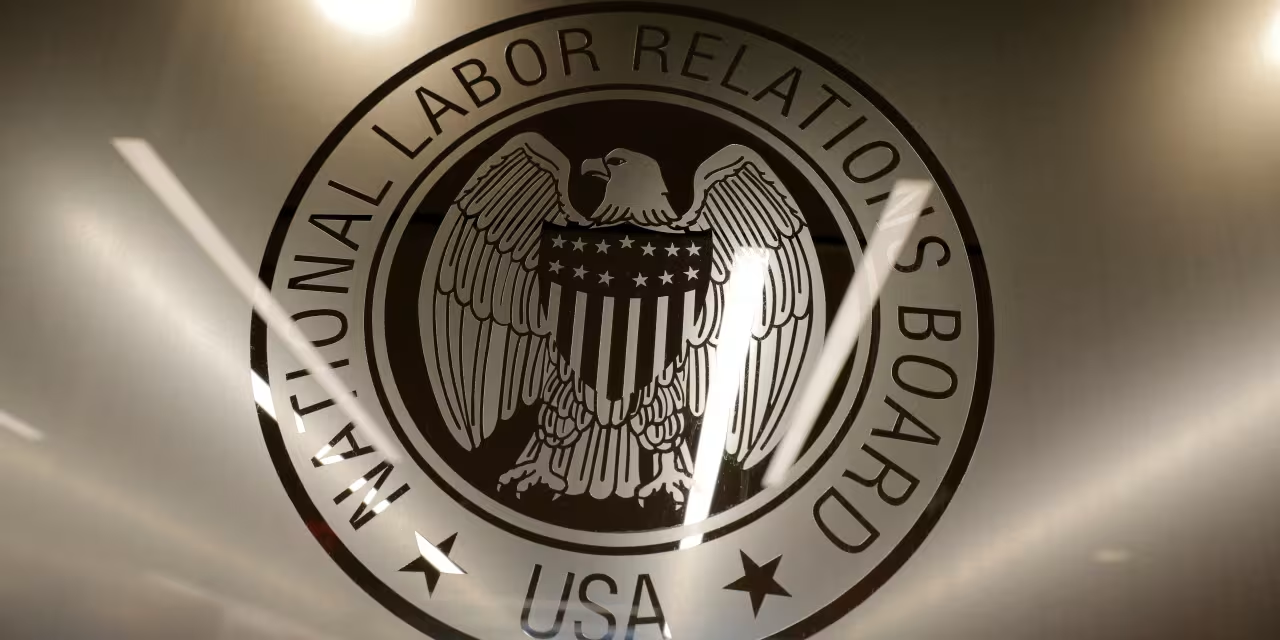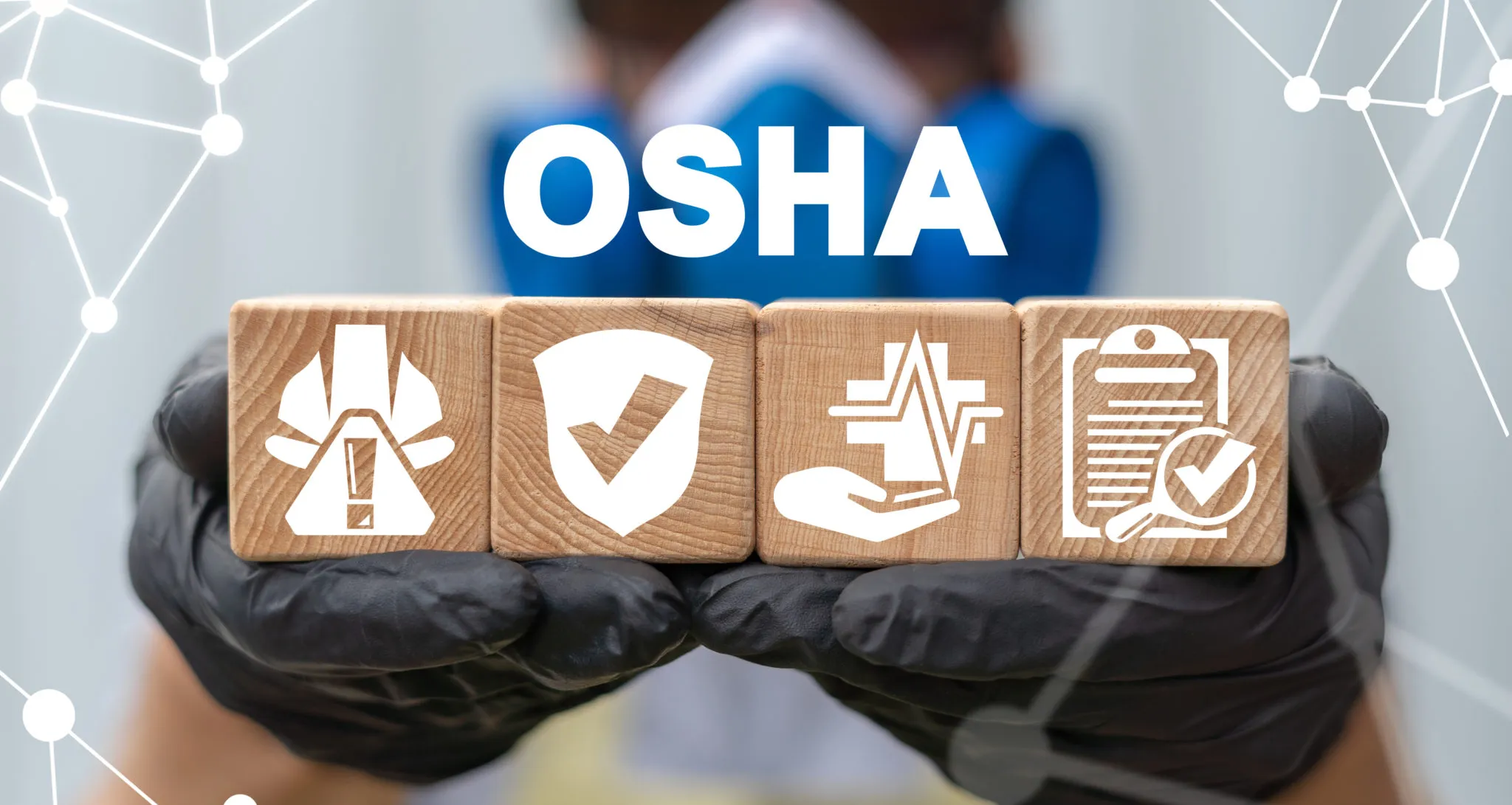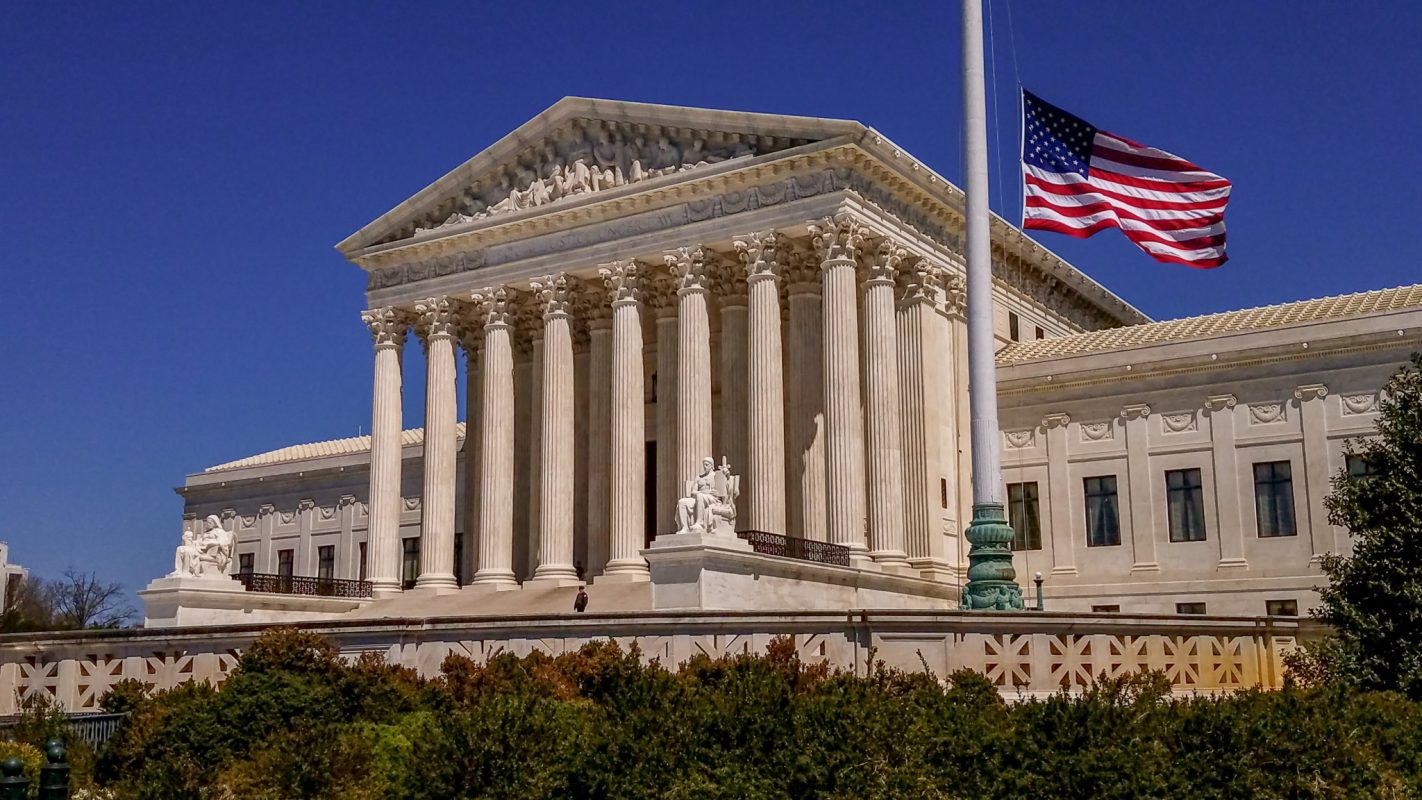In an era where workplace rights and safety are paramount, two key organizations have decided to unite their efforts to address issues that significantly impact employees across various sectors. This strategic alliance aims to create a more robust framework for addressing grievances and ensuring that safety regulations are adhered to diligently. By merging resources and expertise, they seek to foster a safer and more equitable work environment.
The collaboration focuses on leveraging each organization’s strengths to investigate complaints and ensure that appropriate measures are taken to uphold standards. With a commitment to enhancing worker protections, the newly formed partnership is poised to tackle challenges more effectively than ever before. This initiative reflects a growing recognition of the need for a comprehensive approach to workplace safety and labor rights that benefits all parties involved.
As these organizations move forward together, the implications for workers and employers alike are profound. The aim is not only to rectify existing issues but also to prevent future violations through proactive measures and continuous improvement. This partnership represents a significant step towards a healthier and fairer labor landscape.
Impact of NLRB and OSHA Collaboration
The recent partnership between two regulatory agencies marks a significant shift in the approach to workplace safety and labor relations. By combining their resources and expertise, these organizations aim to create a more cohesive framework for addressing issues that affect both employees’ rights and workplace conditions. This collaboration promises to streamline processes, enhance communication, and ultimately lead to better outcomes for workers across various sectors.
With the integration of efforts, investigations can be conducted more thoroughly, addressing overlapping concerns of unsafe working environments and violations of labor practices. This synergy not only fosters a culture of safety and compliance but also empowers workers to voice their grievances without fear of retaliation. By working together, the organizations signal a commitment to the welfare of employees, ensuring that their rights are upheld while promoting healthier workplaces.
Furthermore, this alliance is expected to yield more efficient allocation of resources, enabling quicker response times to reported issues. As the two entities share information and coordinate more closely, they can identify patterns of misconduct and systemic problems that require attention. This proactive stance encourages organizations to prioritize both safety standards and labor rights, ultimately contributing to a more equitable work environment.
Overall, the collaboration represents a progressive step toward holistic oversight, where the intersection of labor relationships and safe practices is recognized as pivotal to fostering productive and dignified workplaces. The impact of this partnership will resonate across various industries, leading to improved conditions and a stronger, more informed workforce.
Objectives of the Joint Initiative
The collaborative effort aims to strengthen the mechanisms that safeguard worker rights and promote safe workplaces. By uniting their resources and expertise, the participating agencies seek to create a more effective approach to addressing issues that affect employees across various industries.
- Enhancement of worker protections through coordinated oversight.
- Streamlined processes for addressing safety violations and labor rights infringements.
- Increased compliance with regulations by fostering knowledge-sharing between agencies.
- Development of targeted strategies for industries with higher risks related to safety and labor relations.
- Promotion of a culture of transparency and accountability among employers.
Through these goals, the initiative aspires to build a more robust framework that not only resolves current concerns but also prevents future issues, ensuring a safer and fairer working environment for all individuals.
Benefits for Workers’ Rights Protection
The collaboration between two key agencies signifies a pivotal move towards safeguarding employee rights across various industries. This partnership harnesses the strengths of each organization, creating a more robust framework to uphold labor standards and ensure safe working environments. As a result, workers stand to gain significantly from the unified approach to address grievances and violations effectively.
Improved Response Times
One of the notable advantages of this alliance is the acceleration in the response to workplace issues. By streamlining processes, reports can be addressed more swiftly, leading to timely resolutions for affected individuals. Enhanced communication between the agencies means that complaints can be managed in a proficient manner, ultimately fostering greater employee confidence in reporting violations without fear of retaliation.
Comprehensive Support Systems
The integration of resources allows for a more comprehensive support system for workers. Employees can expect better access to information regarding their rights, as well as guidance on how to navigate the reporting process. This educated workforce is better equipped to advocate for itself, leading to a more balanced power dynamic between employers and employees, ensuring that rights are not only recognized but actively upheld.
Improving Safety Standards in Workplaces
Establishing robust protection measures in professional environments is essential for ensuring the well-being of employees. A strong focus on health protocols not only fosters a secure atmosphere but also enhances overall productivity. Organizations must prioritize effective strategies aimed at minimizing hazards and promoting a culture of safety.
Continuous evaluation of safety regulations is crucial for adapting to evolving workplace challenges. By actively identifying potential risks, companies can implement proactive solutions that protect their workforce. Training sessions and workshops improve employee awareness, empowering individuals to take part in maintaining a safe work setting.
Collaborative efforts between various stakeholders, including management and employees, play a vital role in achieving higher safety standards. Open channels of communication allow for the sharing of insights and experiences that can inform future practices. Implementing regular safety audits and feedback mechanisms ensures that improvements are continuously made to meet the highest benchmarks of safety.
Investigation Techniques and Methodologies
In the realm of regulatory oversight, effective methods for inquiry play a crucial role in ensuring compliance and assessing workplace conditions. By employing a diverse array of approaches, organizations can uncover critical information that drives decisions regarding safety and labor practices.
Approaches to Gathering Information
Various techniques can be utilized to acquire data during the inquiry process:
- Surveys and Questionnaires: Collecting information from employees can reveal insights into workplace conditions and management practices.
- Interviews: Conducting one-on-one conversations allows for in-depth understanding from different perspectives.
- Document Review: Analyzing records such as safety logs, employee handbooks, and incident reports helps in identifying patterns and areas of concern.
- Site Inspections: Physical examinations of the workplace enable assessors to observe conditions firsthand and identify hazards.
Analysis Techniques
Once information is gathered, analysis is essential in deriving actionable conclusions. The following methods are commonly employed:
- Data Comparison: Evaluating current findings against historical data to assess progress and detect any deviations.
- Trend Analysis: Identifying patterns over time helps in understanding recurring issues and predicting future occurrences.
- Root Cause Analysis: Investigating underlying reasons for issues rather than just addressing symptoms ensures more effective solutions.
By utilizing these varied investigation techniques and methodologies, entities can enhance their understanding of workplace dynamics and foster safer environments for all employees.
Long-Term Goals for Labor and Safety
The integration of initiatives focusing on workforce rights and occupational safety aims to create a more robust framework for protecting employees across various industries. By fostering collaboration between relevant regulatory bodies, the long-term vision emphasizes the promotion of healthier work environments while simultaneously upholding the dignity of workers. This holistic approach seeks to ensure that both labor rights and safety standards are not merely guidelines, but fundamental components of workplace culture.
Achieving this vision involves a commitment to continuous improvement in workplace conditions through innovative strategies and guidelines. Establishing clear communication channels between employers and employees will play a crucial role in identifying areas for enhancement. Regular assessments and feedback mechanisms are essential to gauge the effectiveness of implemented practices and policies, ensuring that they meet the evolving needs of the workforce.
Furthermore, education and training programs focused on workplace rights and safety protocols will empower employees with the knowledge necessary to advocate for themselves and their peers. By instilling a sense of responsibility and awareness, these initiatives can inspire a culture of safety that permeates throughout organizations. Ultimately, the goal is to cultivate environments where workers not only feel secure but are also encouraged to express their concerns and contribute to ongoing improvements.
Q&A: NLRB OSHA will team up investigations enforcement
What are the main goals of the partnership between NLRB and OSHA?
The National Labor Relations Board (NLRB) and the Occupational Safety and Health Administration (OSHA) have joined forces to improve investigations and enforcement related to workplace safety and labor rights. The main goals of this partnership include enhancing the protection of workers’ rights, ensuring safer working conditions, and streamlining the processes for addressing complaints related to workplace hazards and labor violations. By collaborating, both agencies aim to create a more cohesive response to issues that affect workers, thereby fostering fair labor practices and prioritizing employee safety.
How will this collaboration impact workers and their rights?
The collaboration between NLRB and OSHA is set to have a significant positive impact on workers and their rights. By coordinating their efforts, both agencies can respond more effectively to cases where labor violations intersect with occupational safety issues. This means that workers will have access to a more integrated support system when reporting unsafe conditions that may also violate labor laws. Ultimately, the partnership aims to empower workers to advocate for their rights and ensure that violations are addressed promptly, thereby improving both job safety and their rights as employees.
What specific actions can workers take if they feel their rights are being violated?
If workers feel that their rights are being violated, they can take several specific actions. Firstly, they should document any incidents or situations that reflect the violation, including unsafe working conditions or discriminatory practices. Next, they can file complaints with OSHA if there are concerns about workplace safety or health hazards. For labor rights issues, workers can reach out to the NLRB to report unfair labor practices or to seek assistance in organizing or collective bargaining processes. It’s also advisable for workers to seek support from unions or worker advocacy organizations, which can provide guidance and assistance in navigating the complaint processes with both agencies.
Are there any recent examples of how this partnership has already made a difference?
While specific recent examples may vary, this partnership has already begun showing its potential impact through heightened awareness and proactive measures in workplaces. For instance, there have been cases where a complaint filed under OSHA regarding safety led to simultaneous investigations by the NLRB when labor practices were also implicated. These instances allow for a holistic examination of workplace issues, ensuring that both safety and labor rights are prioritized together. Moreover, the agencies have been conducting joint outreach programs to educate both employers and workers about their rights and responsibilities, further fostering a healthier work environment.
What does this alliance mean for the future of workplace safety and labor rights in the U.S.?
This alliance signifies a progressive shift toward integrated workplace safety and labor rights enforcement in the U.S. For the future, this collaboration is expected to lead to more comprehensive investigations, a more judicious approach to addressing violations, and ultimately, a safer workplace environment for all employees. As OSHA and NLRB continue to work together, they can leverage their respective strengths to create a more robust framework for protecting workers. This may also encourage employers to proactively comply with both safety regulations and labor laws, understanding that violations can have overlapping consequences that will be addressed more vigorously under this partnership.
What is the purpose of the memorandum of understanding between OSHA and the NLRB?
The memorandum of understanding entered into by OSHA and the NLRB in 2023 aims to enhance enforcement efforts and strengthen protections for workers who raise safety concerns. It facilitates coordinated investigations and information sharing between the two agencies, ensuring that enforcement actions are appropriate under both the Occupational Safety and Health Act and the National Labor Relations Act.
How does Section 7 of the National Labor Relations Act protect workers who raise safety concerns?
Section 7 of the National Labor Relations Act protects workers who raise safety concerns by ensuring that they can exercise their legal rights in the workplace without fear of losing their job or facing other forms of retaliation. The NLRB enforces this provision to support victims of unfair labor practices and strengthen workplace protections.
What role does NLRB General Counsel Jennifer Abruzzo play in the enforcement of worker protections?
NLRB General Counsel Jennifer Abruzzo plays a critical role in the enforcement of worker protections by overseeing the agency’s enforcement actions. Under her leadership, the NLRB has bolstered efforts to protect workers who raise health or safety hazards in the workplace and has worked closely with OSHA to ensure that enforcement actions are coordinated and effective.
How does OSHA advise workers who raise concerns about workplace violations?
OSHA advises workers who raise concerns about workplace violations by providing information on their legal rights under the Occupational Safety and Health Act. Additionally, OSHA may refer workers to the NLRB for issues related to unfair labor practices, ensuring that workers are able to exercise their rights in the workplace without fear of retaliation.
What enforcement actions can be taken when a whistleblower files a complaint with OSHA?
When a whistleblower files a complaint with OSHA, the agency may initiate an enforcement action to address violations of safety standards or labor laws. OSHA also shares information with the NLRB when a case involves workers exposed to health or safety hazards and may accompany NLRB personnel in investigations to ensure compliance with workplace safety and health regulations.





